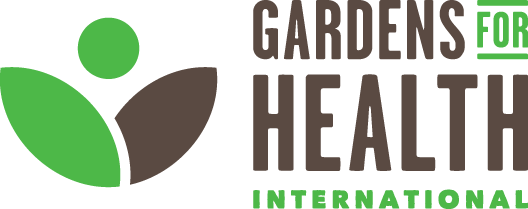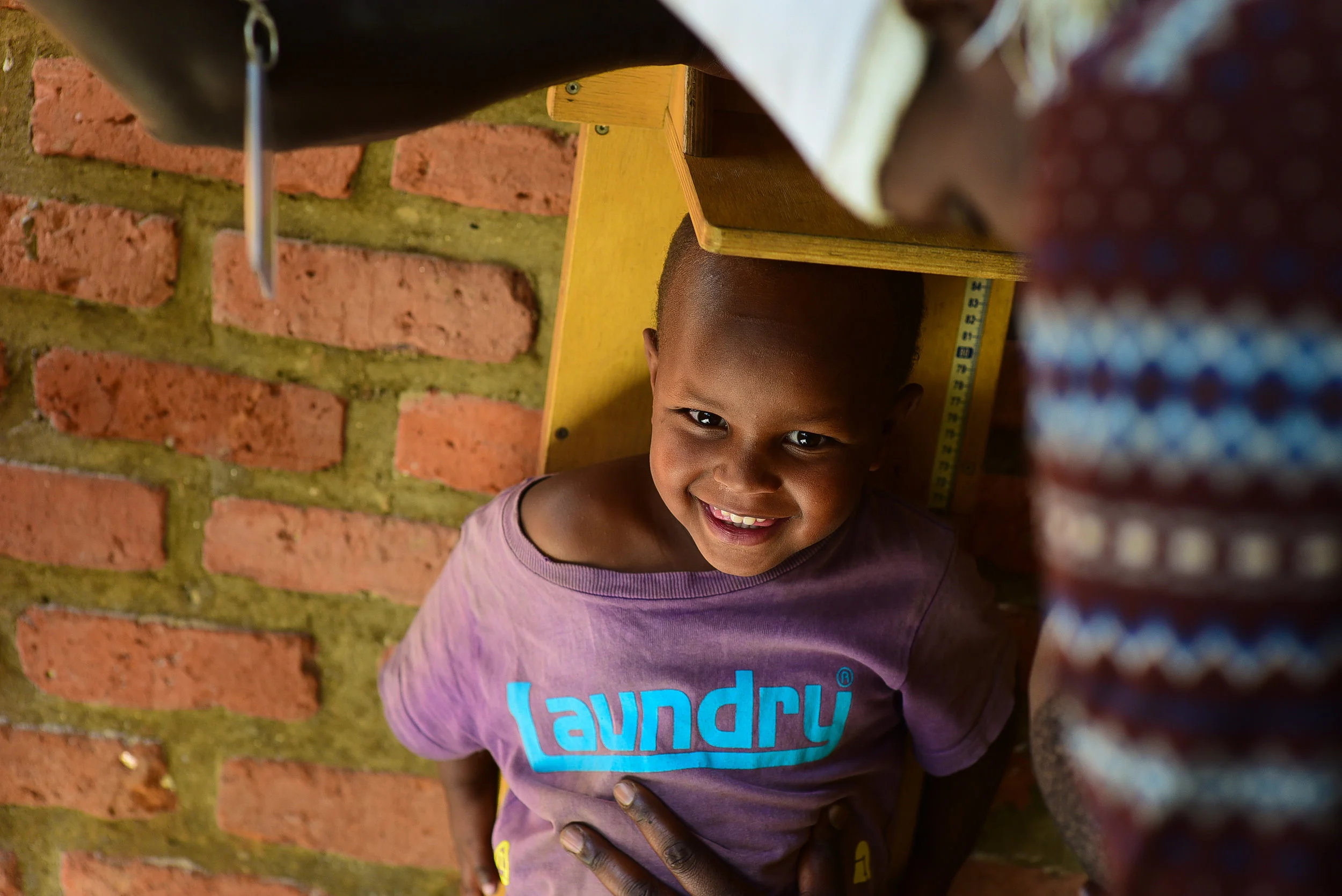World Refugee Day 2018
Post and Photos by Maggie Andresen
GHI's growth monitoring campaign held at Kigeme camp in early June, 2018.
Thirty-one people are displaced every minute of the day. World Refugee Day provides a global opportunity to recognize the courage and strength of displaced people fleeing conflict worldwide. According to the UN Refugee Agency (UNHCR), 68.5 million people have been forcibly displaced from their homes from war, persecution, or other forms of violence. Around 25.4 million are considered refugees, which means they cannot return home for fear of what awaits them. The majority of refugees come from developing countries, and developing countries largely bear the brunt of the global refugee crisis; 85% of refugees reside in developing countries, putting an additional burden on weak government services and scarce resources. The top nations of origin for those fleeing home being Syria, Afghanistan, Myanmar, South Sudan, Somalia, and the Democratic Republic of the Congo (DRC). At Gardens for Health, we recognize the incredible strength of refugees as they seek to rebuild their lives after conflict and contribute to their growth through our own programs and partnerships.
Mahama camp, located in Rwanda's eastern Kirehe District, hosts nearly 60,000 Burundians. October, 2017.
Refugees in Rwanda:
As of May 2018, Rwanda’s six refugee camps are home to 144,709 refugees and 7,719 asylum seekers from conflict in neighboring Burundi and the DRC. Rwanda’s Congolese camps host a combination of generational refugees who fled the DRC during conflict spanning from the 1990s through the early 2000s, as well as more recent arrivals fleeing renewed violence from rebel groups in Eastern DRC. Burundian refugees have been welcomed in Rwanda since politically destabilizing violence erupted in April 2015, and continue to cross into the country seeking safety.
Rwandan Refugees:
In June 2013, Rwanda announced it would enforce the cessation clause of the 1951 Refugee Convention, which declares that the reasons for people fleeing a country no longer exist, thus ending their refugee status abroad. This clause went into effect in December 2017 for citizens fleeing Rwanda before 1 January 1999, encouraging Rwandans to return home after living abroad as refugees of the 1994 Genocide Against the Tutsi. Since the end of the genocide, over 3.4 million Rwandans have returned to the country after living as refugees elsewhere.
GHI and Refugees:
Gasabo District Field Educator Esperance takes measurements at GHI's growth monitoring campaign held at Kigeme camp in early June, 2018.
As official partners of the UNHCR and Ministry of Disaster Management and Refugee Affairs (MIDIMAR) in Rwanda, GHI has conducted activities in two of the nation’s six refugee camps.
In October of last year, GHI conducted a six-week training program for 475 Burundian mothers in Mahama refugee camp with support from Save the Children Rwanda. Our trainings in health and agriculture were adapted to Mahama’s hot and dry climate where water is a luxury and families have limited access to household items like soap, basins, pots, and cooking utensils. Our trainings sought to instill refugees with the skills to grow vegetables and prepare a balanced meal despite this lack of resources. These trainings are especially important while families rely on short-term food aid in Mahama camp because food rations provide vital calories, but do not offer refugees a balanced diet and, as a result, 40% children growing up in Mahama camp are stunted. GHI’s trainings can help families prevent malnutrition while they reside in Mahama camp, but, more importantly, we strive to provide families with the life skills they need to keep their children healthy wherever they happen to live.
A child is measured at GHI's growth monitoring campaign held at Kigeme camp in early June, 2018.
Currently, GHI is enrolling families in our inaugural nutrition trainings in Kigeme refugee camp. In early June, we held a child growth monitoring campaign attended by 1,035 families. Nutrition interventions in Kigeme camp typically measure only severe acute malnutrition rather than chronic malnutrition, which often passes under the radar. Our campaign called attention to stunting, or significantly lower height for a child’s age, which is an important indicator of chronic malnutrition in the camp - a landmark of success for future nutrition monitoring in Kigeme refugee camp. In the coming months, we will conduct nutrition and agriculture trainings for families with chronically malnourished children. Our work, supported by the U.S. Embassy’s Julia Taft Fund, will instill critical knowledge of nutrition topics and bring home gardens to some of Kigeme refugee camp’s most vulnerable people.
GHI follows up with a family trained during our Mahama camp nutrition and agriculture intervention in November, 2017.
Finding sustainable solutions to malnutrition in refugee camps remains an ever-present challenge. Food aid deliveries consistently fall short of providing a balanced diet to refugees, markets in camps often fail to provide nutrient-rich produce, and well-intended agricultural interventions are not always nutrition-sensitive. GHI’s comprehensive approach addresses these challenges in a program tailored to the realities of a refugee camp environment where people are making a living as best they can with what little they have. By empowering families to grow their own nutritious food through home gardens and arming them with the knowledge to make informed choices about their children’s health, GHI keeps its promise of reaching Rwanda’s most vulnerable people challenged by malnutrition.





